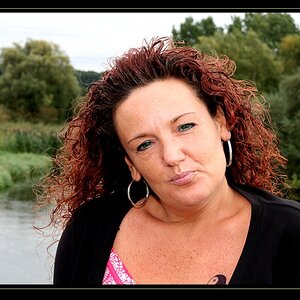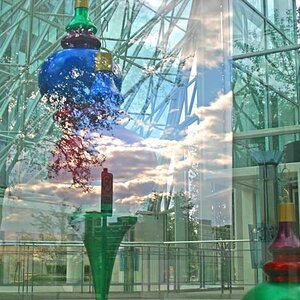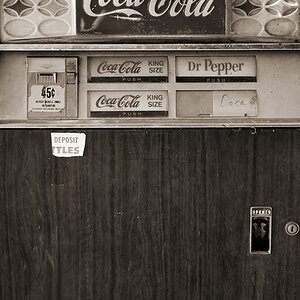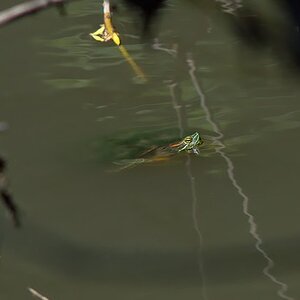robertojoven
TPF Noob!
- Joined
- Jan 18, 2010
- Messages
- 8
- Reaction score
- 0
- Location
- Los Angeles
- Can others edit my Photos
- Photos OK to edit
I bought a roll of this to use on an abandoned nazi commune up in the hills of LA and had a few questions...
1. I have a red filter for my LF lenses (Hoya 25A) but it is too large for my standard 35mm primes. Will holding it over the lens work well enough or will the focus be skewed?
2. I know that some lenses have an infrared 'setting' on the focusing wheel on the lens to indicate the proper focus. Mine does not. How do I go about achieving correct focus?
3. Should I use TTL metering or my incident meter? What exposure compensation is needed?
1. I have a red filter for my LF lenses (Hoya 25A) but it is too large for my standard 35mm primes. Will holding it over the lens work well enough or will the focus be skewed?
2. I know that some lenses have an infrared 'setting' on the focusing wheel on the lens to indicate the proper focus. Mine does not. How do I go about achieving correct focus?
3. Should I use TTL metering or my incident meter? What exposure compensation is needed?



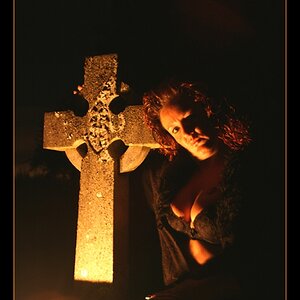
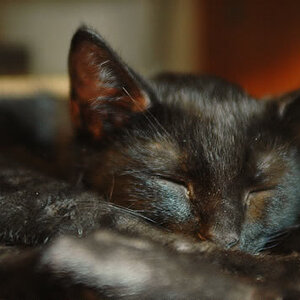
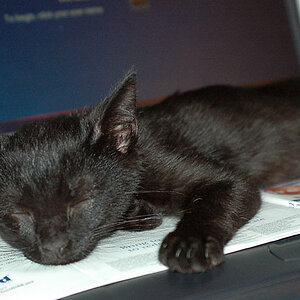
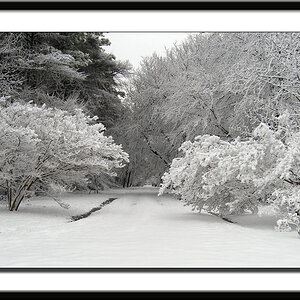
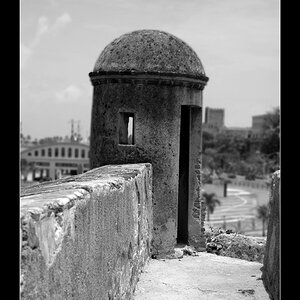
![[No title]](/data/xfmg/thumbnail/34/34119-711b53445c011079fb89b6f42682ed00.jpg?1619736289)

